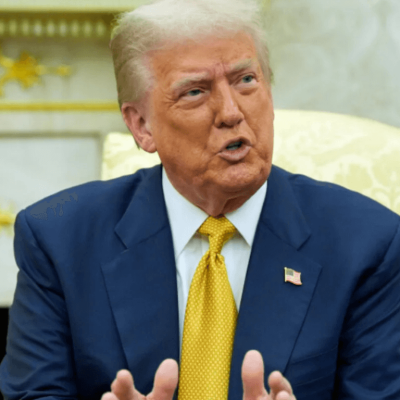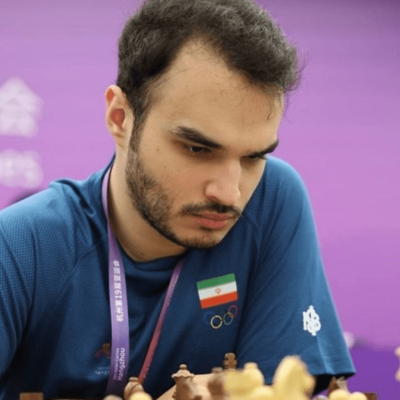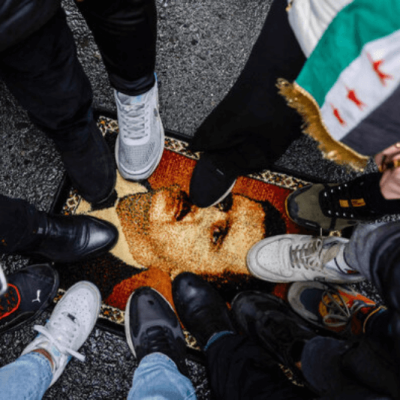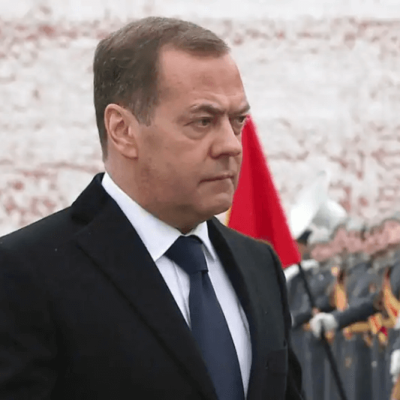Putin Grapples with Ukrainian Offensive in Kursk Region as Russian Forces Bomb Their Own Territory
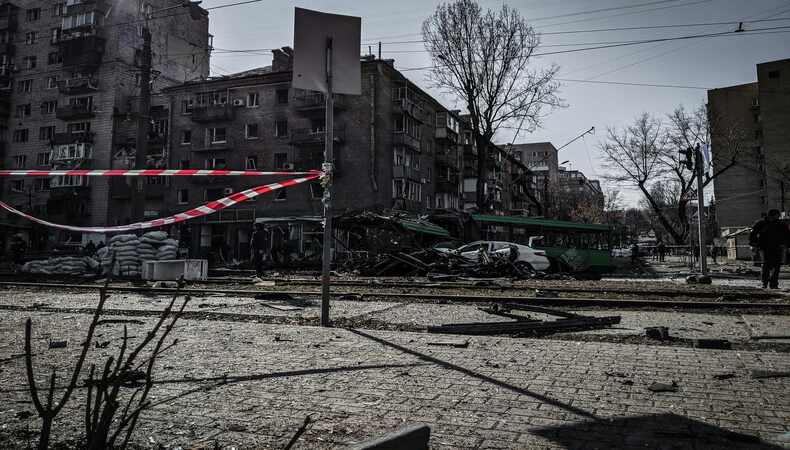
Accurately defining the continuous offensive action of the Ukrainian Armed Forces in the Kursk area presents increasing difficulty for Russian President Vladimir Putin. Notwithstanding many meetings and updates, the precise nature of the disagreement is still unknown; different events complicate the matter.
Putin’s Ambiguity Regarding the Situation
President Vladimir Putin convened another strategic conference today in an effort to handle the issue and ponder on the changing situation in the Kursk area. “I have gathered you here to discuss the situation currently unfolding in the border regions of Russia,” Putin said at this meeting. He did not, however, offer particular specifics of what this “situation” comprises, therefore leaving much of the public and analysts unsure about the exact type of conflict present. His evasive response has simply encouraged conjecture and uncertainty about the scope and force of the Ukrainian onslaught.
Questions About the Kursk Nuclear Power Plant
Complicating matters further, Putin seized the chance to ask Alexey Smirnov, the acting Kursk region governor, about the state of the Kursk Nuclear Power Plant. Smirnov promised that the facility was running under “normal mode” and that things were “under control.” Putin seems to be expecting a more worrisome update despite these guarantees. He further explained the circumstances by saying, “The adversary tried to strike the NPP today. Informed, the International Atomic Energy Agency (IAEA) has offered to send experts to evaluate the matter.” This comment implies that the Russian government is juggling several layers of crisis management, including possible hazards to important infrastructure.
Russian Forces Bombing Their Own Landmass
Ironically, the Russian news agency RIA Novosti published a thorough map of the purportedly covert operation as supplied by the Russian Ministry of Defense. Markers on this map show where Russian forces are striking (shown as red dots) and where Ukrainian forces are active (shown by blue dots). The graphic highlights a startling fact: just red dots show up within Russian territory in the Kursk region, where the Ukrainian attack is under way. This implies that Russian soldiers themselves, not Ukrainian ones, are bombashing the Kursk area. This disclosure throws still another layer of complication and uncertainty over the continuing strife.
Advancements of Ukrainian Forces’ Kursk
Beginning in August, Ukrainian soldiers have advanced into the Kursk region by breaking through the Russian border close to the city of Sudzha. According to reports, the Ukrainian Armed Forces now rule over many important towns and over hundreds of square kilometers of Russian land. Demonstrating the continuous success of their offensive operations, the Ukrainian military leadership—including Commander-in- Chief Oleksandr Syrskyi—has told President Volodymyr Zelenskyy of the successful conquest of another Russian settlement.
Furthermore allegedly enclosed inside the Kursk region is a section of the Russian army. Considering the present developments and strategic moves, military researcher Oleksandr Musiienko has offered insights on two possible paths for the future of the war. More studies and analyses are advised for a better knowledge of these situations and their consequences.
The lack of clear communication and the internal issues the Russian military and political leadership faces add to the uncertainty of the conflict as the circumstances change. The bombing of Russian territory by its own forces and the ongoing Ukrainian advances underline the complicated and multifarious character of this continuous military involvement. To evaluate the wider consequences of these events on regional stability and world security, the international community and experts will be attentively following more developments.

